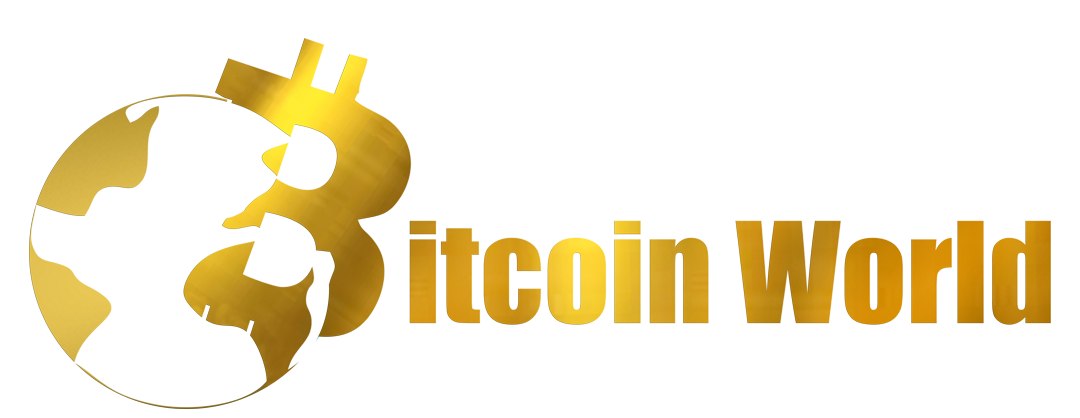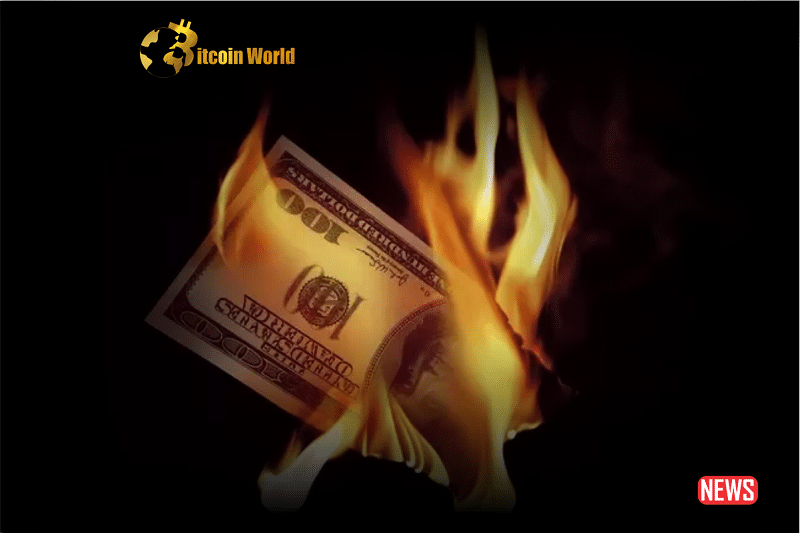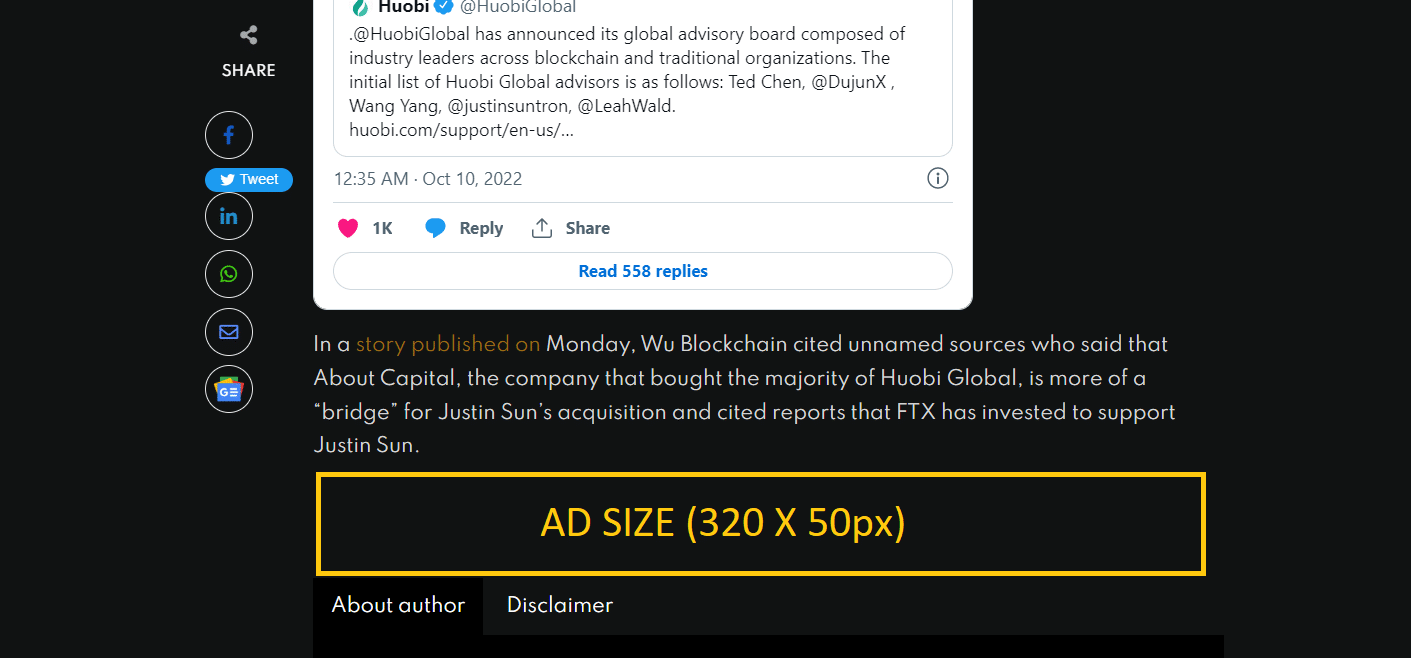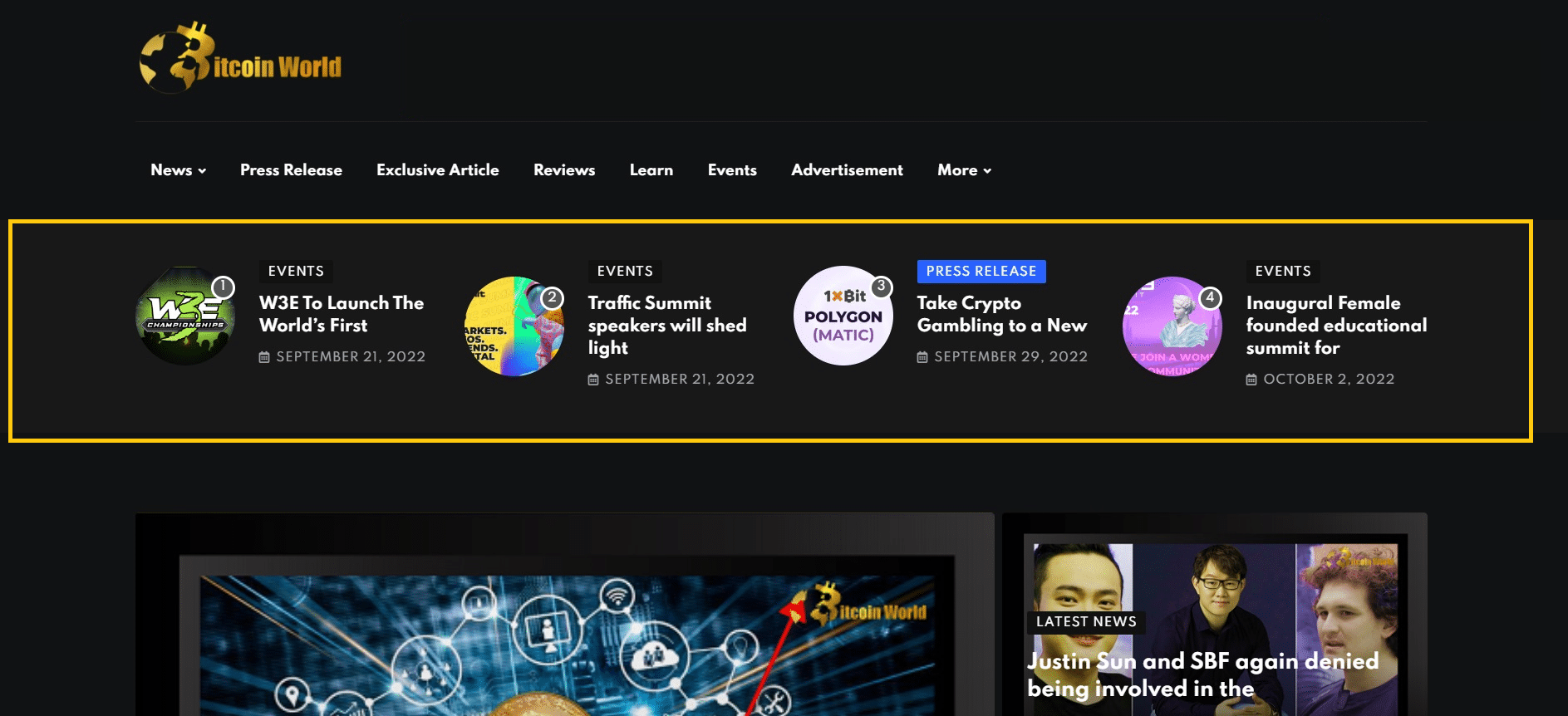In a recent conference held in London, Paul Gruenwald, the chief economist at Standard and Poors Global (S&P), made a bold claim that the US dollar’s status as the global reserve currency is gradually diminishing. Gruenwald cited several factors, including the US’ aggressive sanctions on Russia and the increasing trend of trading in alternative currencies. As the world witnesses a shift in trade dynamics, the economist warns that the dollar’s once-unparalleled influence is beginning to wane.
The Changing Landscape:
Gruenwald describes the current state of the dollar as lacking the magnetism it once possessed. The imposition of strict sanctions on Russia, in response to its ongoing conflict, has prompted countries worldwide to explore alternative currencies and reestablish their gold reserves. These developments, along with a growing fragmentation around the edges, have contributed to the erosion of the dollar’s dominance in the global economy.
The Rise of the Yuan and Chinese Financing:
The economist highlights the rising prominence of the Chinese yuan in international trade. Notably, Chinese banks such as the Asia Infrastructure Investment Bank (AIIB) and the New Development Bank (NDB), established by the BRICS nations (Brazil, Russia, India, China, and South Africa), offer enticingly low financing options. This increased accessibility and favorable terms have motivated countries to seek alternatives to the dollar and further accelerated the shift away from its stronghold.
Experts’ Concerns:
Paul Gruenwald’s views are not isolated. Former House Speaker, Paul Ryan, recently expressed concern over the US dollar’s vulnerability as the world’s reserve currency. Ryan pointed to the mounting national debt crisis, warning that the US government’s inaction could jeopardize the dollar’s long-standing status. By failing to address the impending debt crisis, Ryan argues that the country’s ability to retain its reserve currency status is at stake.
Looking Ahead:
While the US dollar is expected to maintain a significant role in the global economy, economists and political leaders are sounding the alarm that it will no longer enjoy its once-unchallenged dominance. The changing dynamics of international trade, coupled with rising debt levels, raise legitimate concerns about the sustainability of the dollar’s position as the primary global reserve currency.
As countries diversify their trading relationships and explore alternative currencies, the US dollar’s position as the world’s reserve currency is undergoing a profound transformation. With prominent economists and former political leaders expressing doubt about its future, it is evident that the dollar’s unassailable reign is coming to an end. As we enter this new era of international trade, the implications for the global financial system and the US economy remain uncertain.








